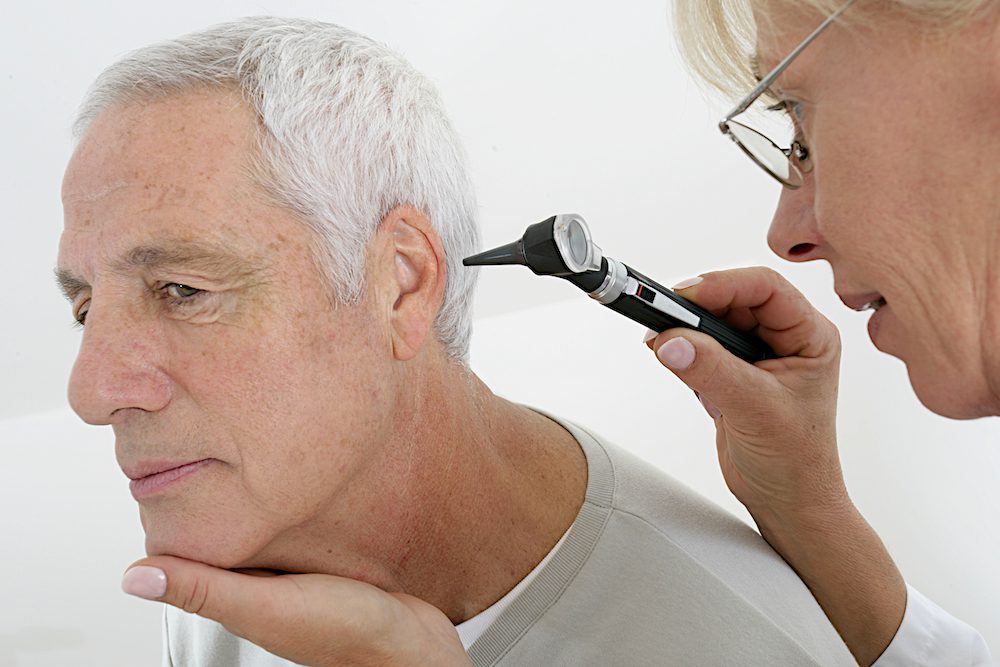Understanding the Causes of Hearing Loss
In a world full of sounds, maintaining optimal hearing health is critical.

By: admin | May 18, 2020
If you have noticed some hearing loss and are looking to book in a hearing test, you may be a little apprehensive about what to expect. But you are doing the right thing. Being in denial and not booking a hearing test is the worst thing to do. In truth, everyone should be having regular hearing tests to monitor their hearing as they age. With a history of audiograms, it easy to keep an eye on the progression of your hearing loss and detect if there is a sudden decline. A hearing test can also warn of other underlying problems, so it is vital you have one. So, here are a few details about the modern hearing test:
A hearing test is usually conducted in a small, quiet, specially created sound-proofed room. There may be a window so you can see the hearing test agent. Once you enter the room, you will be seated and will be given a pair of headphones to wear. Alternatively, you will be provided with some earplugs which are attached to some wires and are connected to an audio test instrument known as an audiometer. Sometime the room will have some speakers that are placed strategically to test the hearing of infants and very young children. These children generally have to perform the test wearing cochlear implants or hearing aids.
For adults, there are three main types of hearing test:
The hearing test professional will create an audiogram. It is a graph that displays the sounds you can hear at the softest volumes on all frequencies. The vertical axis of the audiogram is generally for the volume of the sounds heard. The horizontal axis is a representation of the frequency. Your hearing will be judged by decibels of sounds heard.
The audiogram provides a very useful document going forward. The hearing test agent can use it as a way to monitor how your hearing is declining over time. It can also give indications to timescales to complete hearing loss and can be used to treat you. It can determine the type of hearing loss you have and can help an audiologist work out the right hearing aid for you. There are so many benefits associated with a hearing test. It can even tell you if the hearing loss is due to some underlying condition such as diabetes, and once that is treated, your hearing may return to normal.
So, if you have noticed any hearing loss, or you would like to have a hearing test checkup, do not wait. Why not call us now and arrange a hearing test appointment today. Call us at the Speech & Hearing Center now at 423-551-6770.
Tags: audiometry, faqs, pure-tone, speech, tympanometry

In a world full of sounds, maintaining optimal hearing health is critical.
By: admin | May 18, 2023
When it comes to outdoor activities, there are many things to consider in
By: admin | May 16, 2023

The Speech & Hearing Center is celebrating 70 years of service,
By: admin | May 8, 2023
